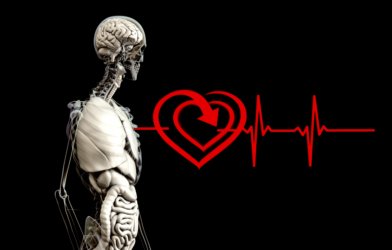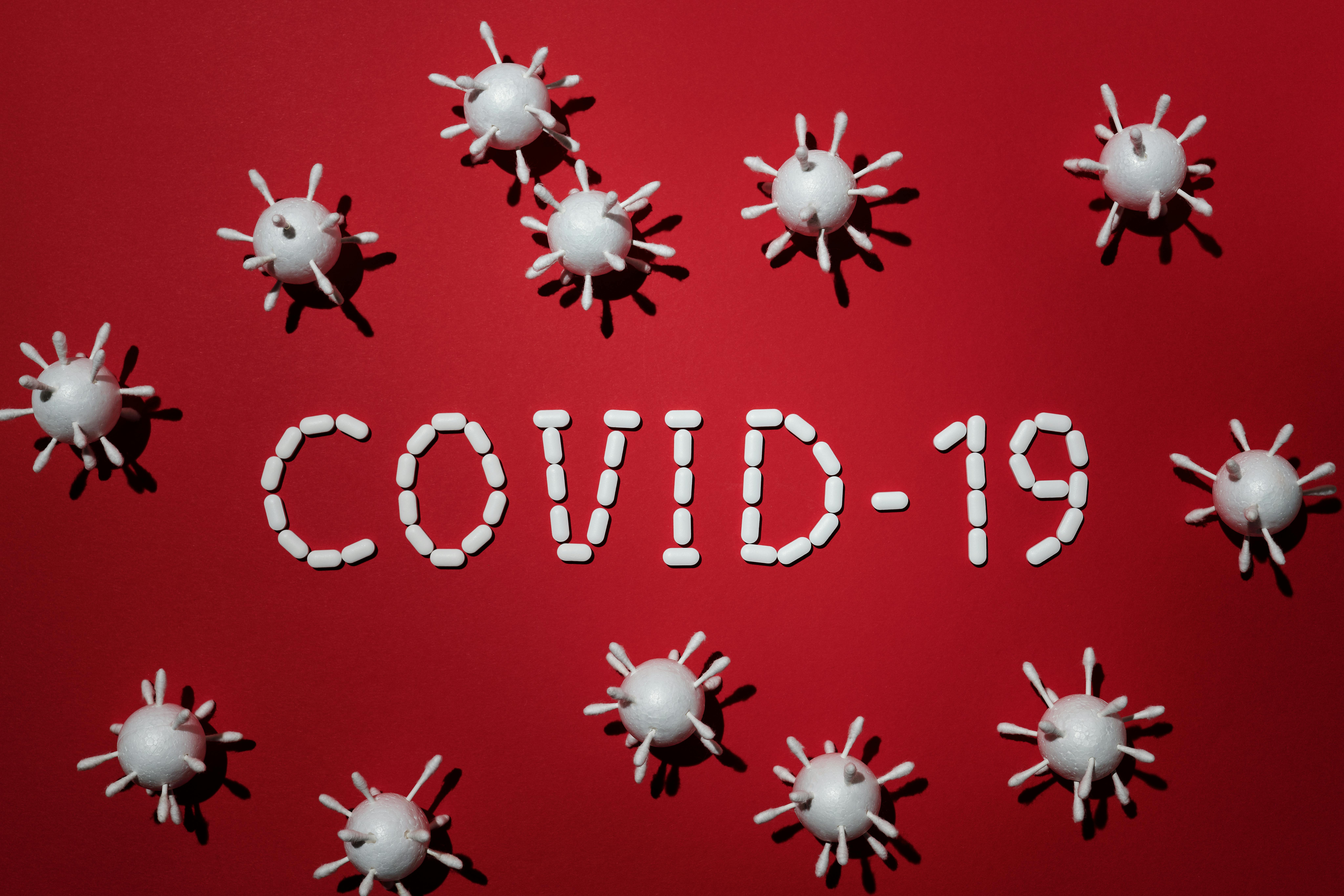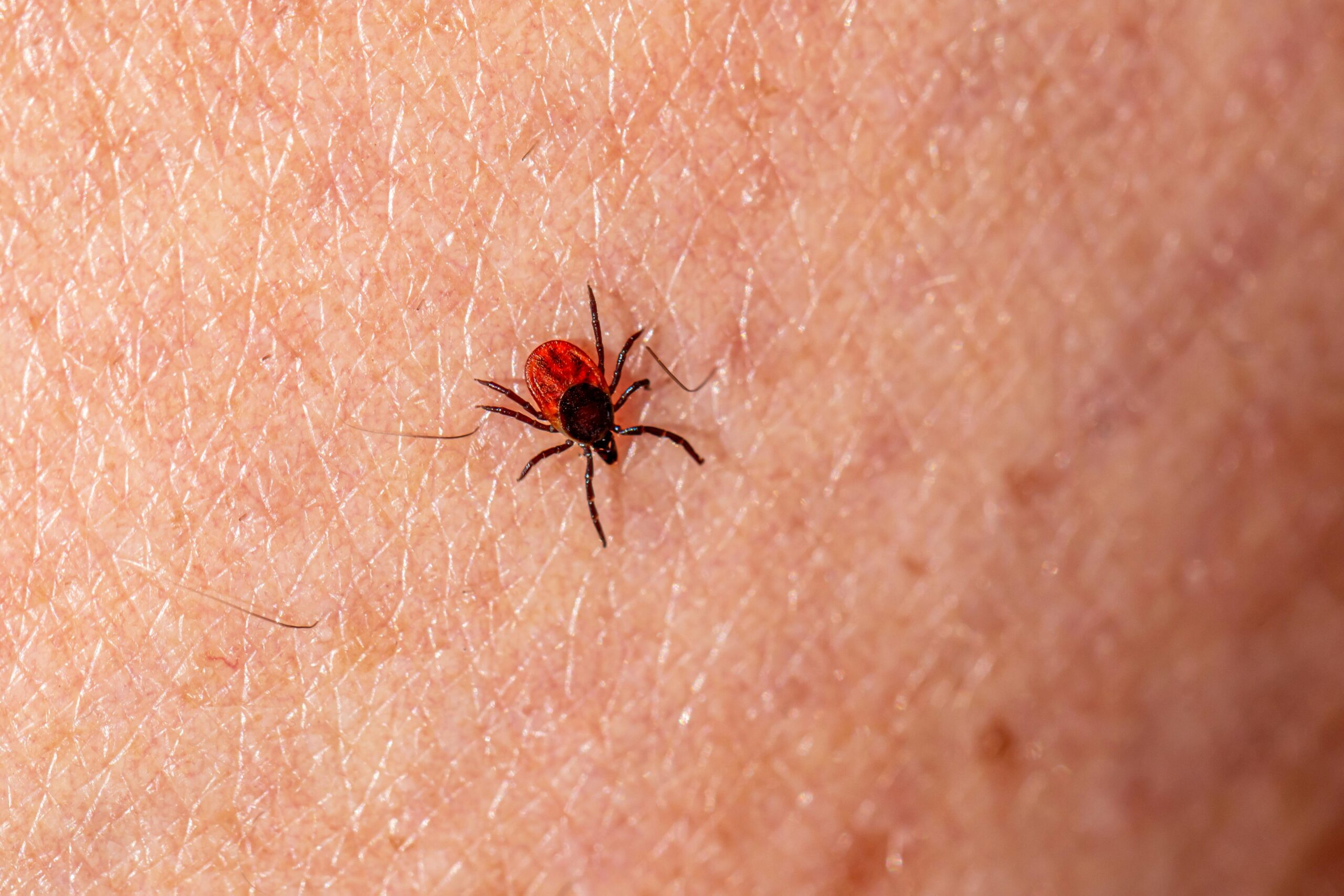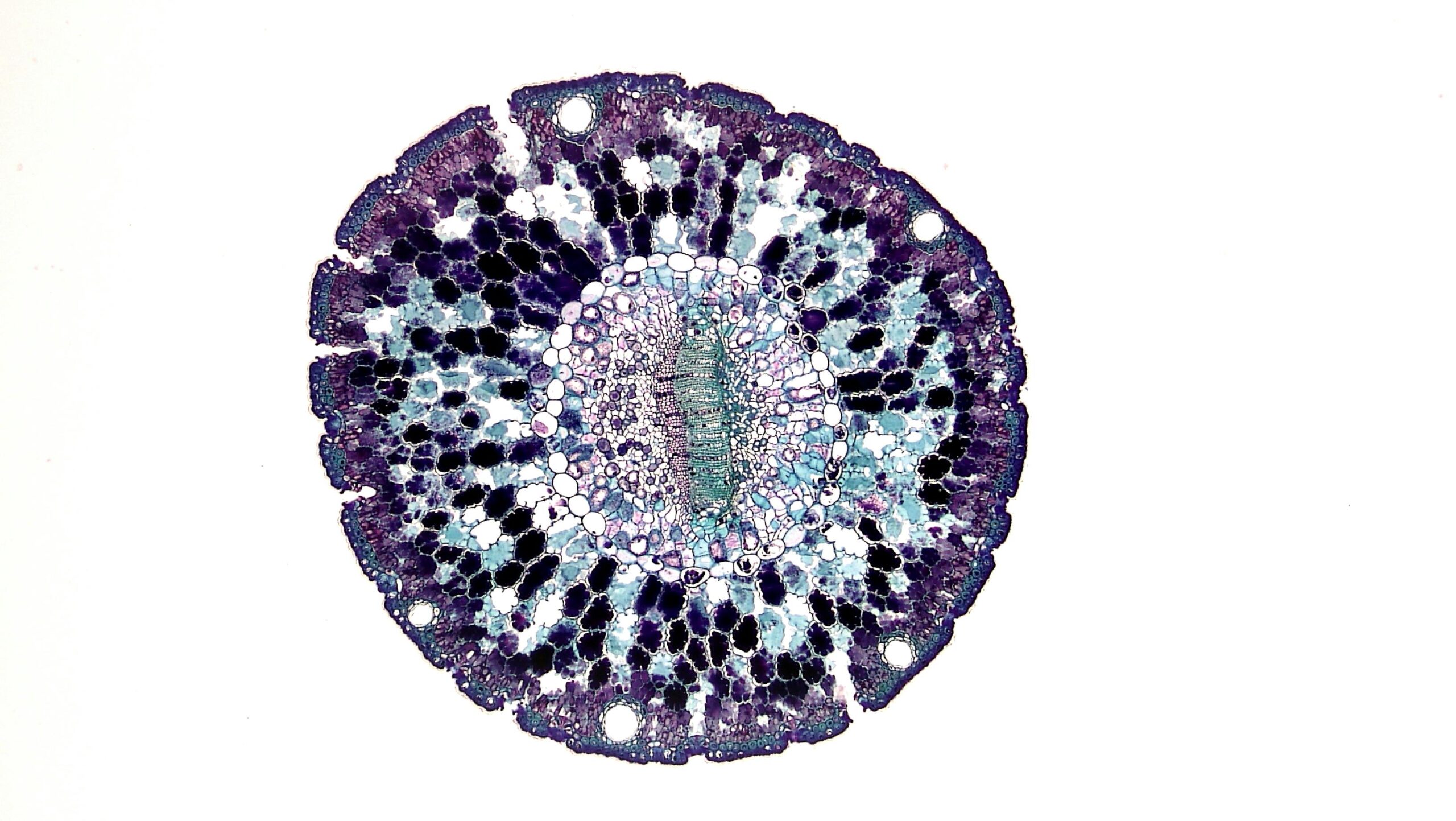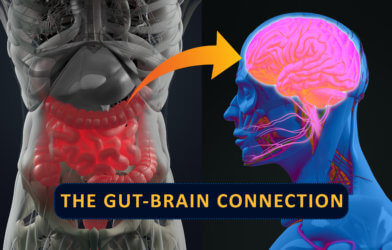Your health isn’t just a matter of the genes you inherited; it’s being continuously negotiated by the trillion-strong ecosystem living inside your digestive tract. That’s the shocking, urgent takeaway of a major new scientific review. The bacteria in your gut aren’t just digesting food; they are actively, chemically, and continuously rewriting the operating instructions for your body’s cells.
Scientists at the University of Hawai’i at Mānoa have consolidated evidence showing the intense, continuous crosstalk—or two-way communication—between your microbes and your genes. This is a process where the bugs in your belly literally reach into your cells and flip the genetic switches that control disease risk, immunity, metabolism, and even brain function. This connection is far more powerful and immediate than researchers previously understood.
Every cell in your body contains DNA, the complete instruction manual for life. Epigenetics is essentially the dimmer switch that controls the volume on those instructions, determining which genes are loud (turned on) and which are silent (turned off). These switches are chemical tags—small molecules added to the DNA that either block or allow access to the gene. While your diet and age are known to influence these switches, the review now confirms that your gut microbiome—the trillions of bacteria inside you—is sending powerful chemical signals that directly modify these tags.
Uncovering the Gut’s Control Over Your Genetic Code
This report isn’t based on a new experiment, but on analyzing and consolidating findings from hundreds of rigorous studies worldwide. This technique is called a scientific review, and the researchers built their case by looking at results from specialized labs that often use germ-free mice. These animals are raised without any gut bacteria, providing a “blank slate” to see what happens when specific microbes are introduced.
The comparisons showed that simply adding bacteria profoundly reshaped the animals’ genetic activity, proving the microbes were the trigger. The research established that the presence or absence of a microbial community is a fundamental requirement for the proper function of host genes. To process the overwhelming amount of data from these experiments, researchers rely on advanced technology, including high-tech mapping tools to locate every single chemical tag on the DNA and Artificial Intelligence to model these complex relationships.
The Three Chemical Signals That Rewrite Your Genes
The review details three main chemical “languages” that bacteria use to communicate with and control your genetic switches.
1. The Genetic Paint Supply
Your cells constantly need a chemical supply to paint those “on/off” tags onto your genes. The most important chemical fuel for this process is called S-adenosylmethionine (SAM). Without it, the entire gene-regulating process grinds to a halt.
The role of your gut bacteria here is crucial: they are master manufacturers and processors of essential B vitamins, specifically B9 (folate) and B12 (cobalamin). These B vitamins are the raw materials needed to create SAM. A balanced gut ensures a steady supply of this “genetic paint.” An unhealthy, stressed microbial community, however, can lead to a shortage of B vitamins, potentially starving your body of the chemical currency it needs to properly regulate its genes.
2. The Gene-Unlocking Key
When you eat fiber, your body can’t digest it, but your gut bacteria feast on it. In the process, they produce powerful signaling molecules called Short-Chain Fatty Acids (SCFAs), primarily butyrate. Butyrate acts like a key that unlocks silenced genes.
DNA is tightly wound around protein spools called histones. Certain enzymes keep those spools clamped down, silencing the genes within. Butyrate intervenes and loosens that clamp. This action makes the previously blocked genes available and “unlocked” for expression. When you consume high-fiber food, you are directly instructing your microbial allies to produce the chemical keys that turn beneficial genes back on.
3. The Trojan Horse Mail
The most surprising discovery reveals that bacteria physically send packages of information to your cells. Bacteria secrete tiny, pressurized sacs called Extracellular Vesicles (EVs). These EVs are like microbial “mail capsules” packed with bacterial genetic instructions (RNA) and proteins.
They are so small they can cross the intestinal wall and fuse with human cells, delivering their potent cargo. Evidence suggests these packages can strip the silencing tags off certain genes in human cells, directly reprogramming the cell’s function. The evidence confirms the microbiome is more than a chemical factory; it’s a sophisticated signaling system capable of delivering genetic information to distant sites in the body.
The New Era of Personalized Health
This mountain of evidence confirms a powerful truth: You must manage your microbial tenants because they are actively managing your genes. This understanding is already leading to a new frontier in medicine. Instead of generic treatments, future strategies will focus on microbiome-informed personalized medicine.
This includes identifying microbial biomarkers (using gut signals to predict risk), developing targeted bacterial medicines to deliver therapeutic chemicals, and refining procedures like fecal microbiota transplantation (FMT). The idea isn’t just to balance your gut; it’s to strategically use bacteria to control the “dimmer switches” on your genes.
“By understanding how gut microbes influence our genes, we can begin to imagine new ways to prevent disease and promote health in a way that gets us closer to personalized medicine,” said Dr. Alika K. Maunakea, a co-author of the study. Your gut microbiome isn’t a passive passenger; it’s an indispensable partner in your health, and the future of healthcare depends on working with this ecosystem, not against it.
Paper Summary
Methodology
The paper is a scientific review, summarizing and synthesizing findings from hundreds of existing mechanistic studies. The research relies heavily on comparative analyses using models such as germ-free mice and advanced tools like whole-genome mapping and Artificial Intelligence to model and predict complex microbial-gene interactions.
Results
The core finding is that microbial metabolites directly regulate the host’s epigenetics (gene on/off switching). This occurs through three main pathways: 1. Chemical Fuel: Microbes produce B vitamins needed for SAM, the primary chemical tag donor for gene methylation. 2. Gene-Unlocking: Butyrate (a Short-Chain Fatty Acid) acts to loosen gene-silencing clamps. 3. Physical Delivery: Bacteria secrete Extracellular Vesicles (EVs), tiny sacs that deliver microbial genetic instructions to human cells.
Limitations
Key challenges include the incompletely understood molecular pathways linking microbial signals to gene reprogramming, the heavy reliance on simplified animal and cell models, and the difficulty in translating these complex findings ethically and equitably across diverse human populations.
Funding and Disclosures
The authors are affiliated with the University of Hawai’i at Mānoa. The paper is published as an open-access article, ensuring free access to the research. The review advocates for ethical data governance using frameworks like the FAIR and CARE principles.
Publication Information
Citation: Rubas, N.C.; Torres, A.; Maunakea, A.K. The Gut Microbiome and Epigenomic Reprogramming: Mechanisms, Interactions, and Implications for Human Health and Disease. Journal: International Journal of Molecular Sciences (Int. J. Mol. Sci.). Volume/Issue/Page: 2025, 26, 8658. Publication Date: Published 5 September 2025. DOI: https://doi.org/10.3390/ijms26178658.

